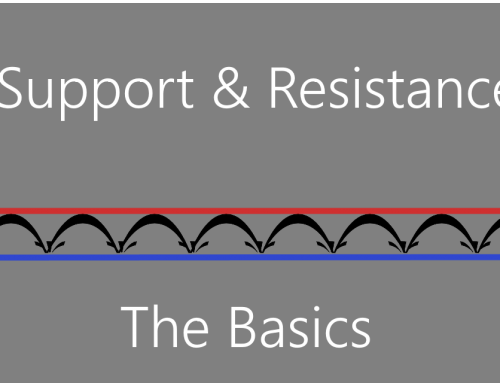Simple concepts usually work best in trading – especially when it comes to Exits. However, keeping it simple doesn’t exclude Exit plans with several features – so long as each aspect is designed to accomplish a goal.
Scaling Out vs. All or None
Every Exit Strategy should do three things – minimize losses, maximize profits, and limit the amount of profit you give back. You can minimize losses with an initial “sell-all” stop that protects you if the trade moves in the wrong direction, maximize profits with a “sell-all” trailing stop that allows for normal price fluctuations, and avoid giving back too much profit by tightening the trailing stop when you reach a certain profit target.
While this three-pronged approach specifically addresses each objective, one widespread strategy used by many traders does just the opposite.
The basic idea is to exit your position in several planned increments as opposed to exiting the entire position at one time. This strategy is sometimes referred to as “Scaling Out.” Like the first example it uses multiple features. However, instead of meeting the three objectives of any good Exit plan, it works against them. Here’s how.
Lets say you open a position with 600 shares. Under the Scale Out plan you might sell 1/3 of them when you reached the break-even point for the trade. Then you would sell another third when you made a specific profit such as $1000. Then you might hold on to the remaining shares until you have a $2000 profit, or keep the position even longer and let the price run way up.
Although the Scale Out method is commonly thought to reduce losses and increase profits, it has the unfortunate quality of producing big losses and little profits. This is due to a not-so-obvious characteristic – Reverse Position Sizing.
Position Sizing protects you by limiting the amount of shares held when you are the most vulnerable. This reduces the total amount of loss. On the other hand, the Scaling Out exit plan guarantees that you will have the most shares in your position when your risk of loss is highest. This trait will quickly increase your losses.
Not only does Scaling Out increase your losses, it insures that you have the fewest shares in your position when your point gains are the highest. Instead of “locking in profits” as it first appears, scaling out locks in larger losses than if you exited your entire position at one time.
Bottom Line: Though Scaling Out is popular among traders, the defects in this Exit Strategy cause hidden damage to trading accounts. Intuitively it seems to be a clever thing to do, yet when you take a closer look you can see that it is quite destructive.
By the way – don’t feel bad if you use the Scale Out method – at least you have an Exit Strategy. That fact alone puts you in the top 20% of all traders. I confess that I believed in this method for a long time because it seemed to make sense.
Oh well, live and learn!






